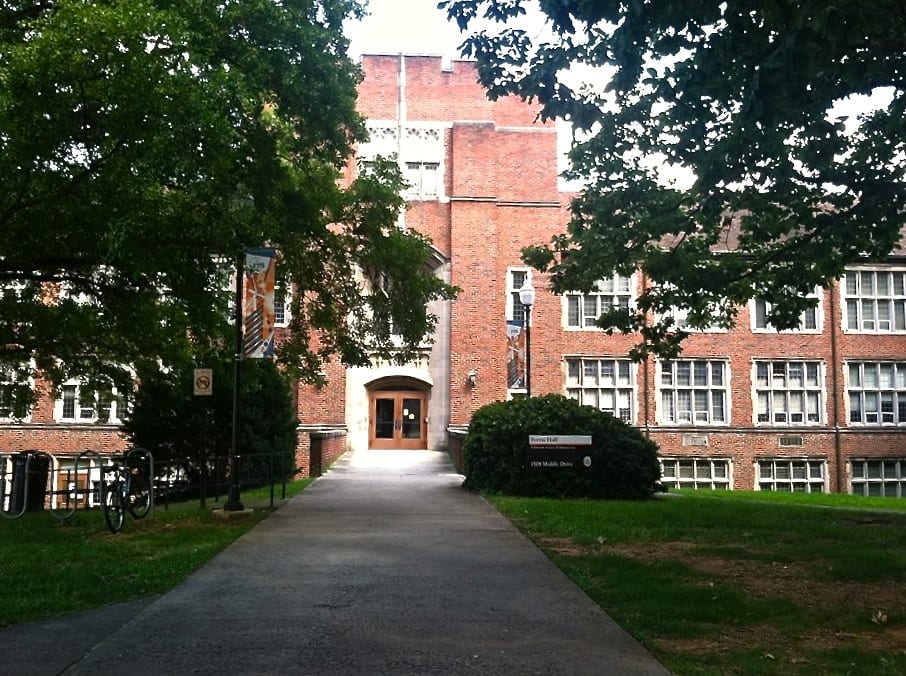Engineering professors win National Science Foundation funding award
A big idea born out of the College of Engineering earned a multi-million dollar research award from the National Science Foundation last month.

A big idea born out of the College of Engineering earned a multi-million dollar research award from the National Science Foundation last month.
The research, which involves measuring the mechanical strength of small particles, is a project that UT professors George Pharr and Erik Herbert have been working on for the past four years.
“We didn’t think that we would get the award,” Pharr said. “We thought it was too ambitious of a project.”
The NSF selected Pharr and Herbert’s proposal out of around 300 other projects from institutions across the country.
The award is a total of $2.2 million dollars, 70 percent of which will come from the NSF, and the remainder coming from UT. According to Pharr, a requirement of the award is that the receiving institution matches a portion of the funding. UT will contribute about $600,000 to the project.
The project, a five-year endeavor, will allow scientists to further analyze mechanical properties in small objects by measuring the strength of their nanoparticles. The first two and half years will be spent building the machine that will analyze the particles.
Pharr and Herbert have named the machine “Prometheus,” after the titan in Greek mythology who gave fire to man.
“Prometheus is being designed to be the next generation system to mitigate and resolve a lot of problems that scientists currently face,” Herbert said. “One of those problems has always been the ability to test particles at a high temperature. Prometheus will be able to do that. That was the main inspiration behind the name.”
Pharr and Herbert have been working with a geologist from Brown University whose work with earthquakes has already made large scientific advances.
“We believe that earthquakes begin at the nanoscale,” Pharr said. If the strength of the nanoparticles at the start of the earthquake can be measured, scientists have the potential to better understand why, when, and how they occur.
Bringing the science closer to home, the machine could also help in the development of fuel cells, which are a major area of research at UT. Fuel cells are devices that generate electricity by means of a chemical reaction. Car companies are starting to place fuel cells in vehicles because they generate electricity more efficiently and without pollution.
A major component of fuel cells are the membranes that transfer electricity from one side of the cell to the other. In order for the fuel cell to function properly, scientists must be able to measure the mechanical strength of the membrane material. So far scientists have not been able to test the durability of the small fibers in the materials, which has limited the abilities of this technology.
That’s where Prometheus comes in to play.
“Everything has to be made of something,” Herbert said. “The question is, what?”
Once constructed, Prometheus will be able to test the strength and durability of those small fibers to find the best material for building fuel cell membranes.
“We’ll be facing a lot of engineering challenges with the building of it in the next few years, but once it’s finished, it’ll sure be a neat little piece of hardware,” Herbert said.
Construction of Prometheus will soon be underway at a small company called Nanomechanics, Inc. at Oak Ridge National Laboratory. Once completed, the machine will reside at UT’s Cherokee campus.
Edited by Ryan McGill.

